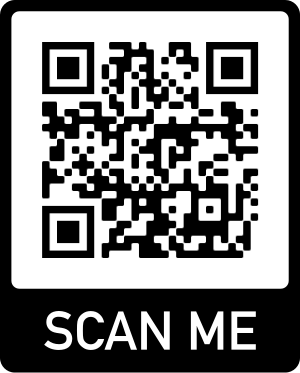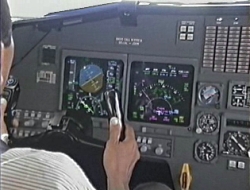PERFORMING MANUAL GO-AROUND
Source:
Flight Safety Foundation
Source: Airbus
Go-Around
Set thrust levers to TOGA, this will activate go around mode and (if
turned off) will turn on Flight Director. Go around flaps are to select one
step up from the approach flap setting (i.e. if flaps Full, then select flaps
3, if flaps 3 then select flaps 2). During acceleration when at F speed go to
flaps 1 whether you are at flaps 2 or 3.
Single engine go around follows same procedure (but will always be from Flaps 3 approach setting as final flap). At acceleration altitude begin engine out clean up procedure (altitude hold, F speed flaps 1, S speed flaps 0, etc.)
Once TOGA is used please note that autothrust is now manually set and WILL NOT reduce until brought back to the Climb detent by the pilot (as during a normal takeoff). This means that the autothrust will not reduce on level out while in TOGA detent. If you are rapidly approaching an altitude in TOGA you must bring the thrust levers back to the Climb detent. When in TOGA the aircraft will continue to accelerate when level until it hits the Vmax limit and Normal law takes over. The long and short here, if you TOGA on go around be ready to reduce thrust faster than normal if leveling at a low altitude. If LVR CLB flashes in the FMA you may reduce to Climb Power (CL) detent.
The Airbus flight crew training manual states that “the PF must not initiate a go-around after the selection of the thrust reversers.” If the aircraft is in a low-energy landing regime at the time of the go-around, the aircraft configuration should be maintained, and the flare procedure must be continued until the acceleration of the engines is sufficient to cause the aircraft to accelerate, before the crew pitches up the aircraft based on the flight-director command bars.
MANUAL GO-AROUND
After the go-around is initiated, the flight crew must fly the Missed Approach Procedure as published (VNAV and LNAV).
The Pilot-Flying (PF) is responsible for controlling VNAV and LNAV and ENERGY management.
If manual thrust is selected, the Pilot-Not-Flying (PNF) should monitor closely the:
- airspeed,
- airspeed trend and
- thrust and
- call any excessive deviation.
The Pilot-Not-Flying (PNF) or (Pilot Monitoring) is responsible for monitoring tasks and for conducting actions requested by PF.
- Perform SOPs
- Conducting selections on Automatic Flight System (AFS) control panel
when in manual flight.
- Reading electronic and/or paper checklists.
- Monitoring the Thrust setting
- Monitoring Vertical speed and radio-altimeter altitude
- Monitoring pitch attitude, bank angle, airspeed and airspeed trend,
and calling out any excessive deviation.
FLIGHT DYNAMICS OF THE GO-AROUND
The go-around is not like takeoff rotation, in which the aircraft is
pre-trimmed, and the thrust is already set.
The dynamic sequence of actions affects the pitch balance.
PITCH EFFECTS depend largely on the location of engines, whether mounted under the wings or on the tail.
PITCH EFFECTS are amplified:
- At low gross weight
- Low altitude
- outside air temperature
- one engine inoperative
PITTCH is affected by the following factors:
1 - The nose-up elevator input initiates a pitch-attitude change that minimizes altitude loss.
2 - Within a few seconds, thrust increases (resulting in an additional
nose-up pitch effect.
3 - Retracting one step of flaps results usually in a slight nose-up
pitch effect.
As a result of these three nose-up pitch effects:
- The pitch-attitude rate increase
- The nose-up pitch force required to maintain the pitch-attitude target
decreases until a nose-down pitch force is required to prevent an excessive
nose-up pitch attitude.
For safe go-around, the following "three Ps" constitute a golden rule:
·
Pitch
1 Set and maintain the pitch-attitude target.
·
Power
2 Set and check the go-around thrust.
· Performance
3 3 Check positive rate of climb, airspeed at or above VREF (reference landing speed), speed brakes retracted, radio-altimeter indications and barometric-altimeter indications increasing, wings level, gear up, flaps as required.
The manual go-around technique must:
- · Minimize the initial altitude loss.
- · Prevent excessive nose-up pitch attitude by following
FD pitch commands.








Nenhum comentário:
Postar um comentário